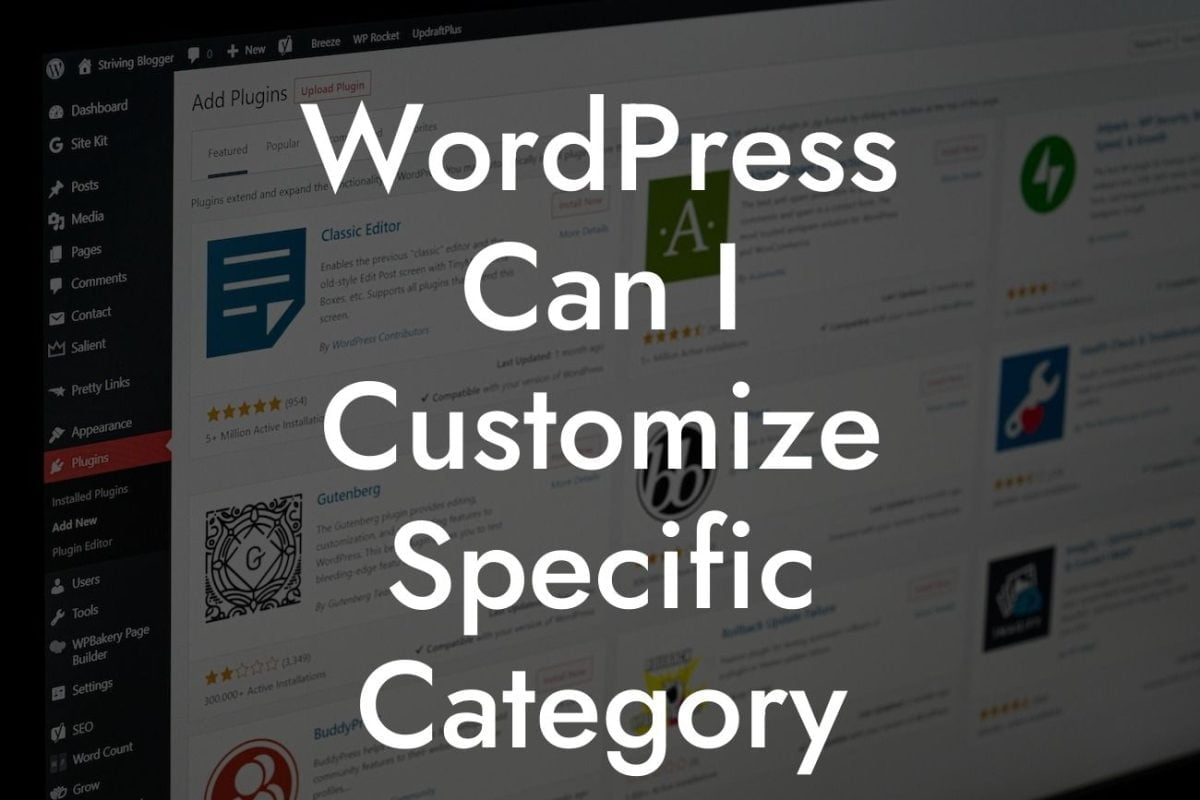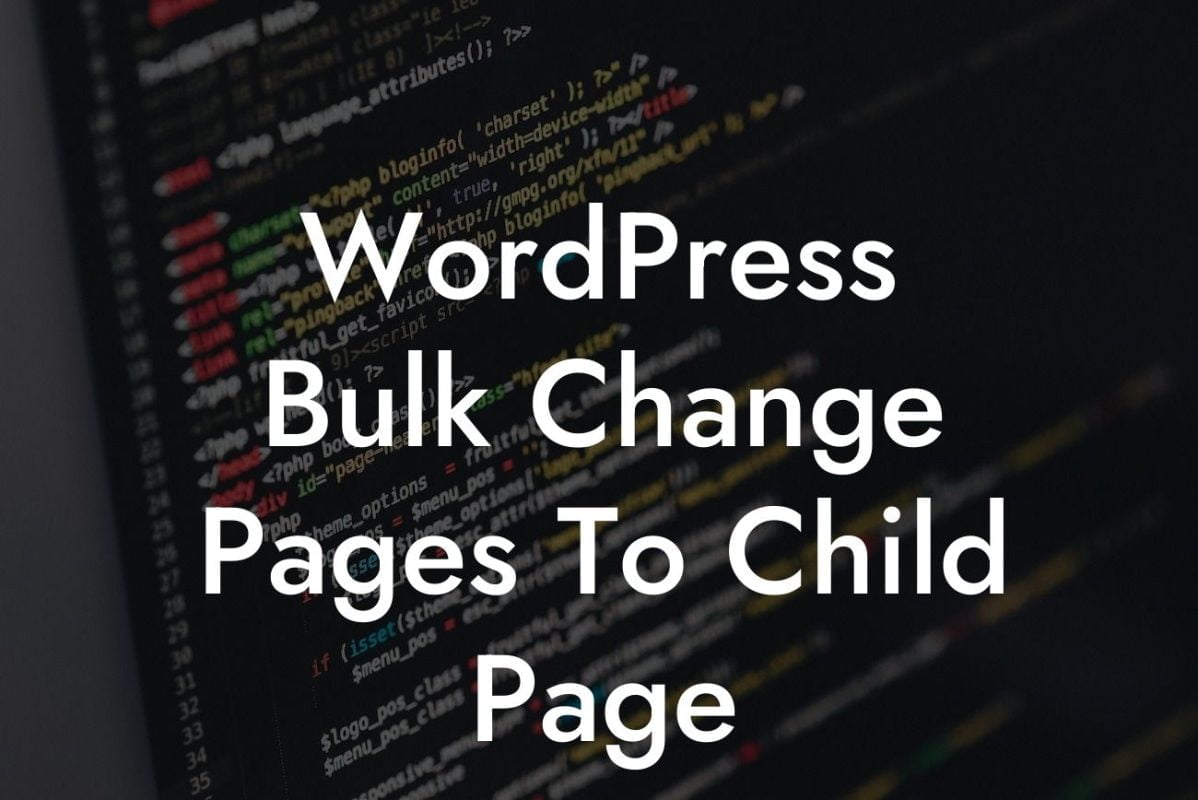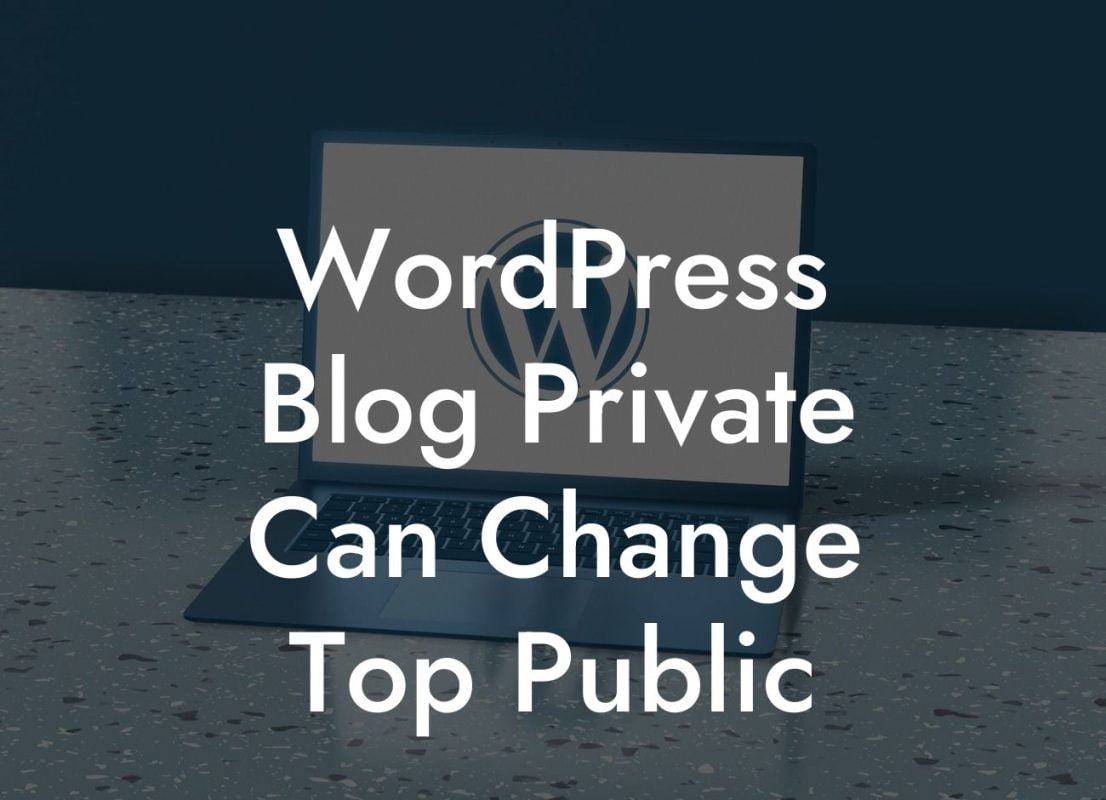With the increasing importance of online security, adding an SSL certificate to your WordPress website has become crucial in order to protect sensitive data and gain the trust of your visitors. In this detailed guide, we will walk you through the process of adding an SSL certificate to WordPress. By the end, you'll have a secure and trustworthy website that sets you apart from your competition.
Adding an SSL certificate to your WordPress website involves a few steps, but the benefits are well worth the effort. Follow this comprehensive guide to ensure a smooth and secure transition.
1. Understanding SSL Certificates:
- What is an SSL certificate?
- Why is it important for your website?
- Different types of SSL certificates available.
2. Choosing the Right SSL Certificate:
- Consider your website's needs and requirements.
- Determine the level of validation needed.
- Evaluate the available options and choose the best SSL certificate provider.
3. Obtaining an SSL Certificate:
- Purchase an SSL certificate from a trusted provider.
- Choose a reliable certificate authority.
- Install and configure the SSL certificate on your web server.
4. Configuring WordPress for SSL:
- Install and activate a suitable SSL plugin.
- Update your WordPress settings to force HTTPS.
- Update your internal links to HTTPS.
5. Testing and Troubleshooting:
- Test your SSL certificate installation using online tools.
- Resolve any mixed content issues.
- Verify that your website is fully secured and displays the green padlock symbol.
How To Add Ssl Certificate To WordPress Example:
Let's say you own a small e-commerce store built on WordPress. By adding an SSL certificate, you can assure your customers that their personal and financial information is protected during the checkout process. This creates a sense of trust and security, encouraging more visitors to make a purchase. Additionally, having a secure website helps improve your search engine rankings, as Google prioritizes secure websites in its search results.
Congratulations! You've successfully added an SSL certificate to your WordPress website and taken an important step towards enhancing its security. By securing your website with an SSL certificate, you not only protect your visitors but also boost your online reputation. Don't forget to explore DamnWoo's range of awesome plugins to further supercharge your website's performance and success. Remember to share this article with others who might benefit from it. Stay tuned for more guides and resources to elevate your online presence.













